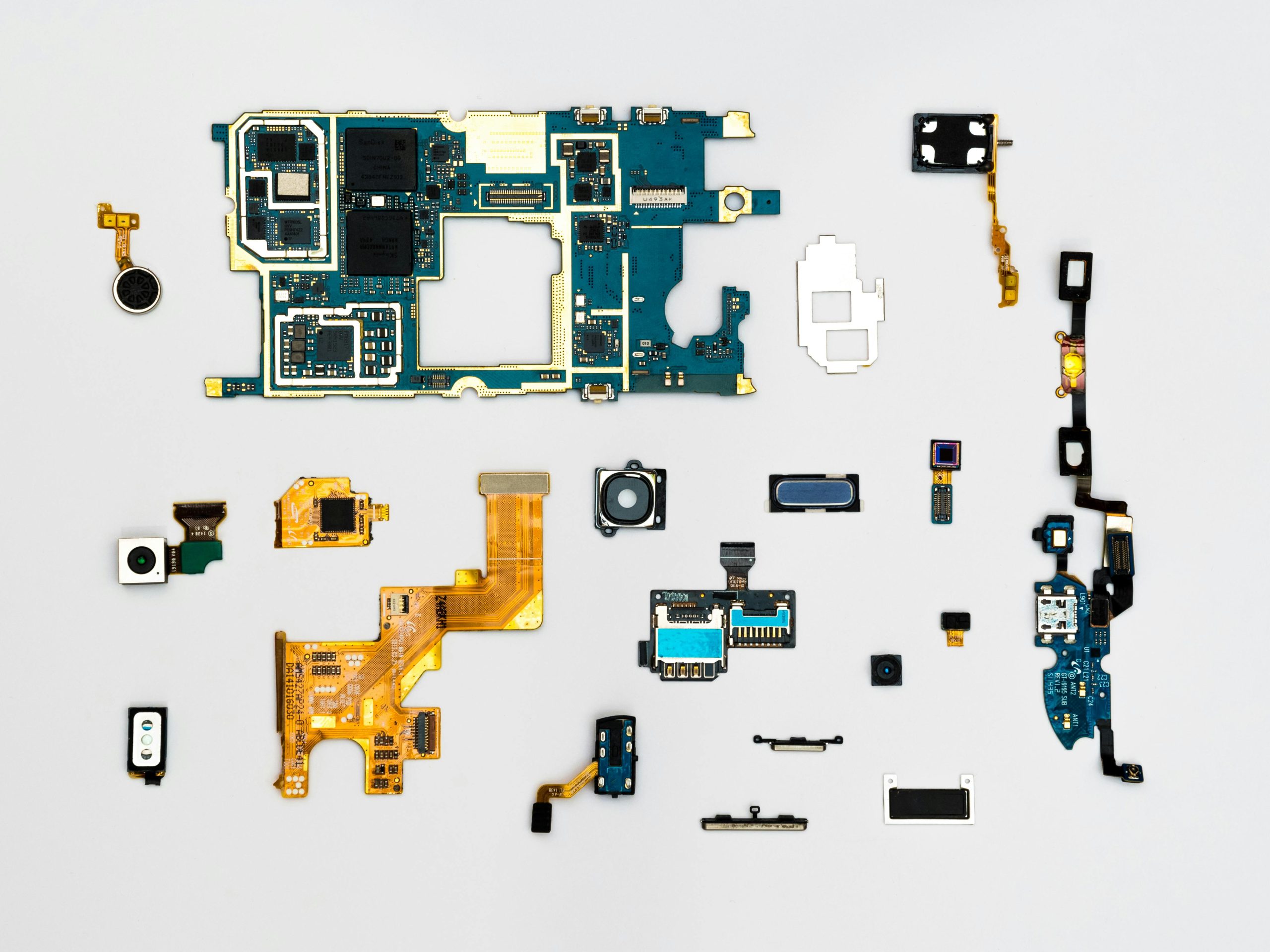Technical Translation Is Not Just Word Swapping
Many think that technical translation is dull mechanical work. But it’s actually a true art! It goes far beyond just swapping words from one language to another. The main goal is to convey the exact meaning to the reader in the most clear and accurate way, accounting for all the nuances.
Immerse Yourself In The Subject Like An Expert
Study the subject matter like a true expert. Master all the terminology, get into the tiny details of the technologies described. And only then proceed with translation. Otherwise it’s easy to get confused and translate the text so that it loses its intended meaning. Which is absolutely unacceptable!
Stick To The Company Terminology
If a brand has introduced its own terms, be sure to use exactly those. This way, texts in different languages will look cohesive. Don’t invent synonyms where there should be none!

Simplify But Don’t “Over-Simplify”
In a task as complex as to translate English into Urdu, the temptation to oversimplify is great, but it is important to find the right balance. By reducing complex but sensible sentences to primitive phrases, you risk distorting the original meaning. At the same time, maintaining complex grammatical constructions that make no sense in the target language will not help anyone. The art is to convey as much meaning as possible without getting bogged down in literal translation. This allows readers to easily grasp the concepts needed to perform tasks, whether it’s reading a manual, working with software, or navigating healthcare. The translator’s job is to ensure understanding between languages, not hinder it through oversimplification.
Translator Or Engineer?
The perfect option is a professional embodying both skillsets. Technical translation requires profound subject matter competence. But engineering knowledge alone is not enough. One also needs to wield the full richness of the target language to accurately convey the author’s message.
Proofread With Microscope
Seemingly the text is ready… But pros know it’s just the first step! Rigorous multi-level checking will catch even the most insidious inaccuracies, ambiguities and typos. And those are unacceptable in technical texts! After a neural translator, such as the Lingvanex translator, completes the rough drafts, independent editors fluent in the language should do a thorough proofreading of the manuals. This kind of life hack will make the work much faster and easier.
These are perhaps the key milestones on the path to creating quality technical documentation translation. No doubt, the process is far more complex than it appears at first glance. But sticking to these principles paves the way to solid results.
